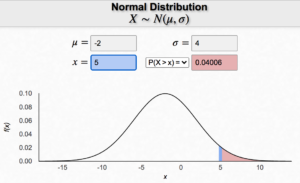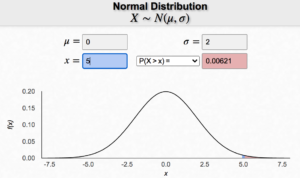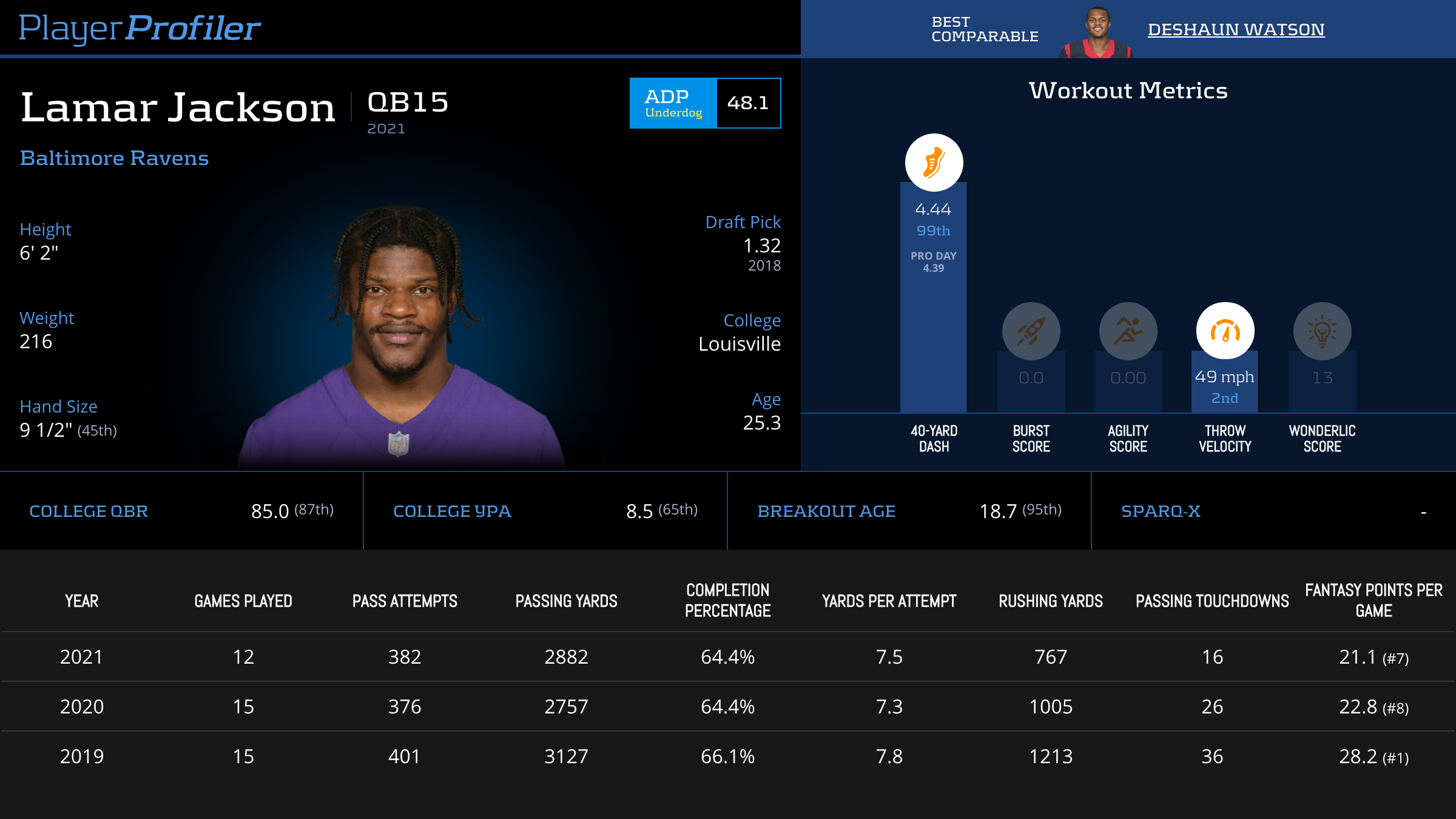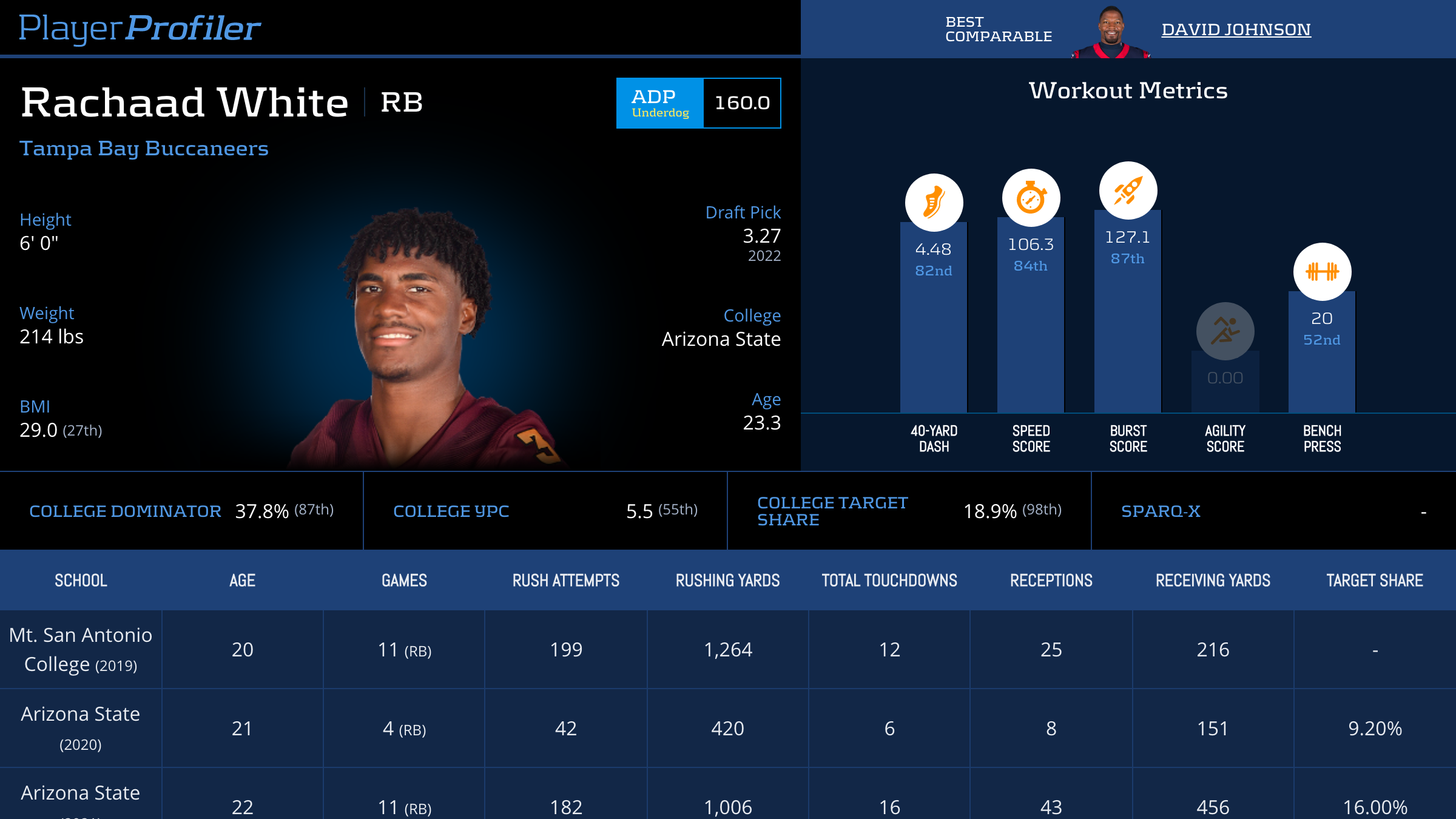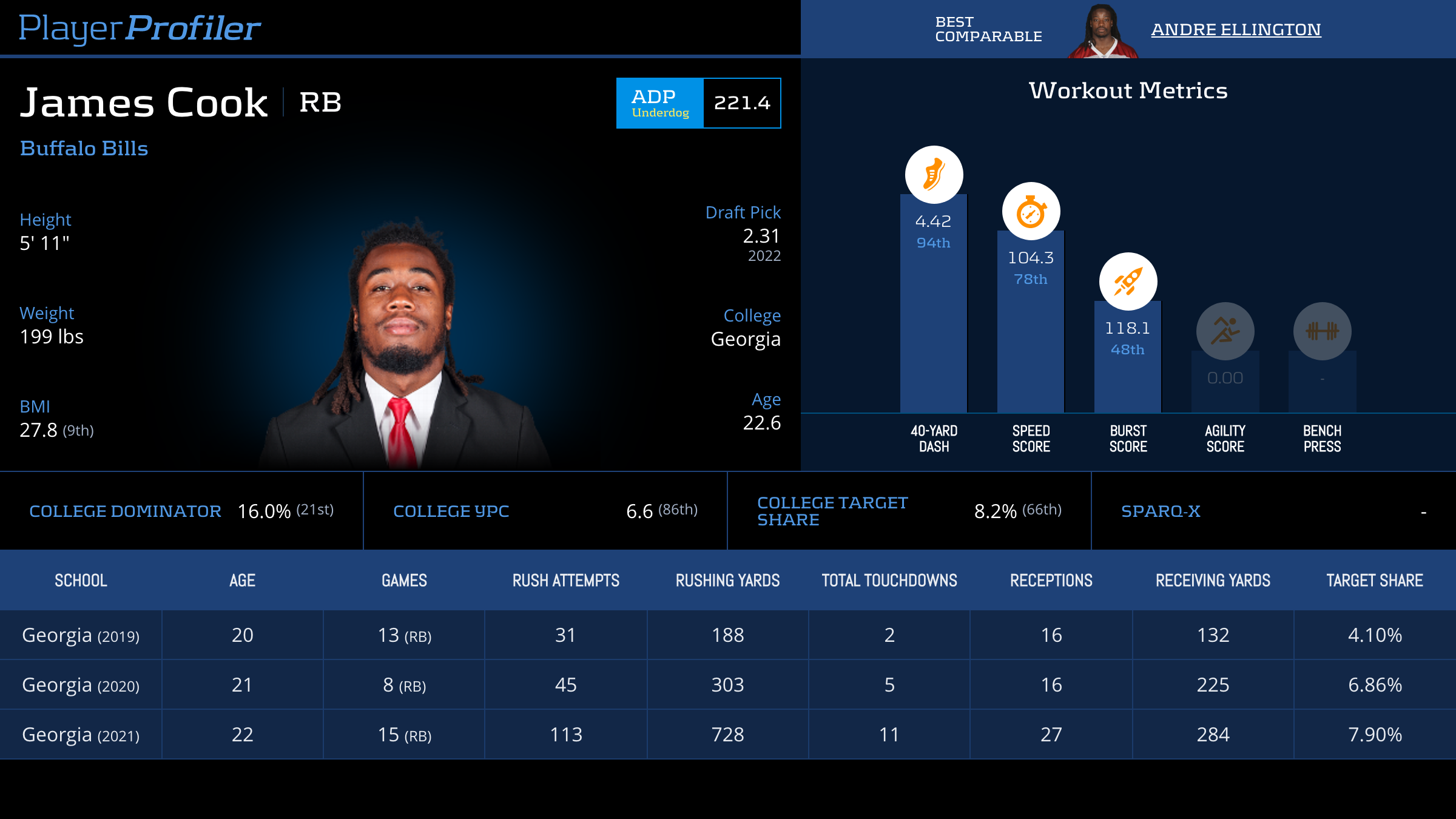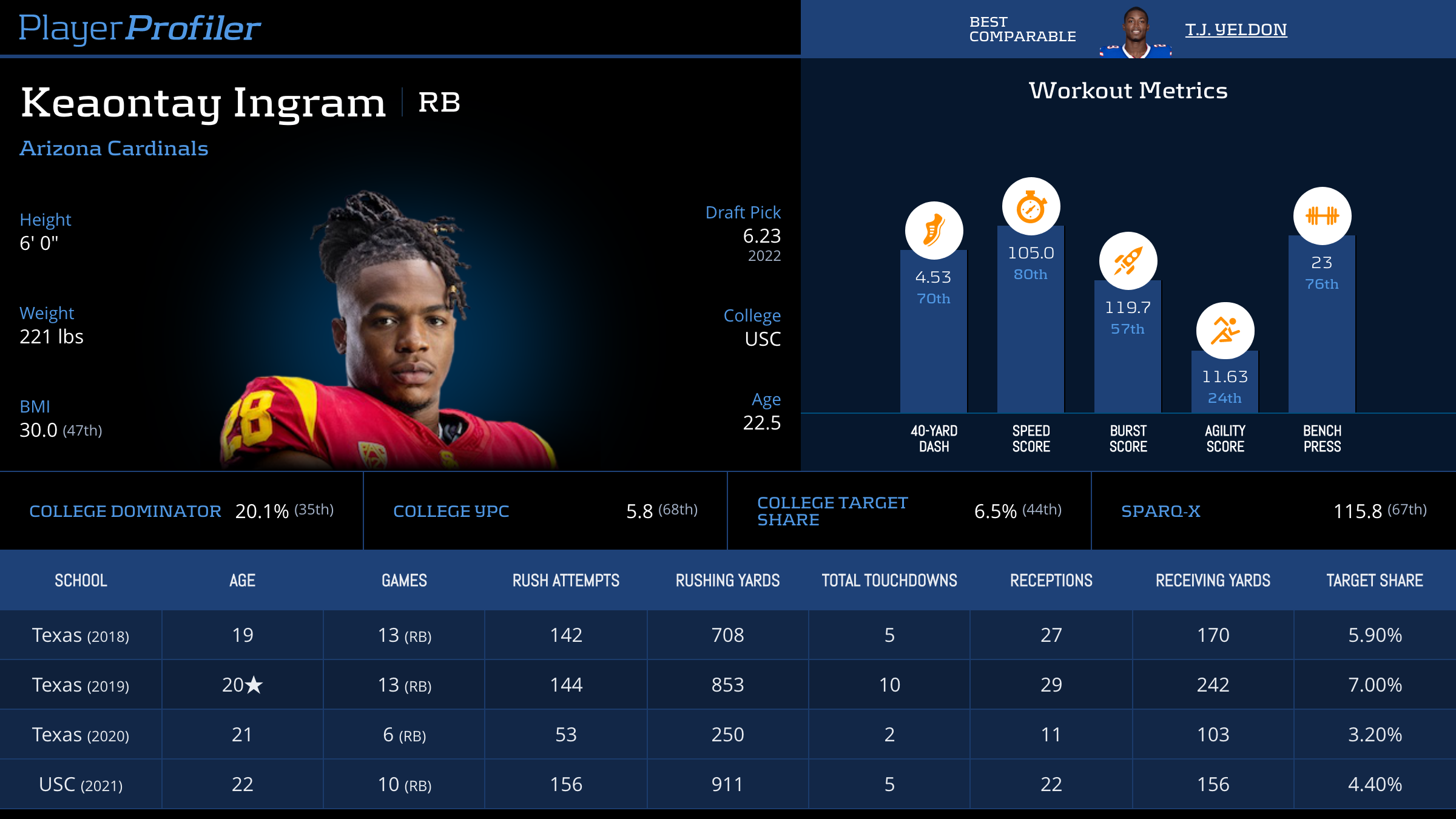“Trust the Process.” Beyond a rallying call for fans of Sam Hinkie, or a form of re-assurance you whisper to yourself, what does this oft-repeated phrase actually mean? Every process is different. And there is likely no perfect one. But the existence of a repeatable process by which you make decisions helps you avoid bias. It lets you organize data or film in a way that fits within your broader strategy. Dynasty rookie drafts are one of the best opportunities to make your mark on your team. Either by player selection, trade, or both. You will see lots of content on which players to take and who to fade. However, in this article I wish to go broader as is the aim of this series. (You can read the first edition below)
This week I will give six broad heuristics for approaching dynasty rookie drafts. A heuristic is essentially a ‘general rule’ for doing things, which will not always be optimal or universally applicable, but allows you to address a given problem with an easily translatable method. Each of these heuristics can all be implemented (or disagreed with) regardless of your player evaluation preferences or processes.
Let’s rock!
No. 1: Among Comparable Assets, Take the one with a Higher Impact of Hit than Likelihood of Hit
This tweet from August of last year sums up my general approach to fantasy football which I feel is applicable to nearly all formats. I’ve condensed this into the first topic of today’s list.
Three Heuristics to make you a better fantasy player
1) The benefit of being right usually exceeds the cost of being wrong
2) It’s easier to hit your ceiling by increasing uncertainty than by beating the median
3) $$ is won at the tails of your distribution. Draft accordingly
— Jakob Sanderson (@JakobSanderson) August 1, 2021
Let’s break this down a little further. I discussed last year the process of weaponizing low probability outcomes. In that article I drew two normal distribution curves. (Below)
The curves above show a distribution of two variables. In the first curve, the mean outcome is (-2). The second curve has mean of (0). Despite this, when I input x=5 as shown above, there is a wider tail at or above 5 on the first curve despite the lower mean. This is because the spread of the first curve is much wider. If the market is efficient, there should not be an abundance of assets with better ranges of outcomes than others at the same cost. Thus, if you are aiming for the highest ceiling option, it is probably the asset with the widest range of outcomes.
This exercise explains the second part of the earlier tweet: It is easier to hit your ceiling by increasing uncertainty than by beating the median.
For more discussion of ranges of outcomes and distribution curves, check out my last Thinking About Thinking.
Optimizing for Upper-Percentile Outcomes
Why so much focus on ceiling? If we continue to assume an efficient market, it follows the same assets I say have the highest ceiling also have the lowest floor. I focus on ceiling because the game of fantasy football incentivizes ceiling-chasing. Only one in 12 managers in your dynasty league wins each year, with possible pay-outs to runner-up or third. Because a fantasy league requires a 92nd-percentile outcome to win (11/12), I recommend analyzing players in terms of their impact should they hit an upper-percentile outcome.
Some say this is less important in dynasty. Because you carry over your roster value from year-to-year, there is a harsher penalty to floor outcomes. I have two counters to this idea. First, among those out of the money, you are most incentivized to finish last to secure the highest draft pick. Second, unlike in seasonal fantasy where the highest projected players have only theoretical ceilings contingent on their ability to actually realize them, the value of elite players in dynasty is more tangible.
Hitting on a Lamar Jackson, Patrick Mahomes, or Justin Jefferson pays off in a number of ways. At any time you have the option to liquidate an elite player into a combination of near-term production and/or future picks. The value ceiling on an elite asset is asymmetrical in relation to the median value of a single rookie pick, outside of the earliest picks in a draft.
In other words, the benefit from hitting big exceeds the the cost of being wrong.
Optimizing for players who can net your massive production over replacement, and major value spikes for your dynasty team is the general focus of all remaining heuristics.
No. 2: Prioritize Players Who Contribute Production in All Phases of an Offense
The most valuable players over replacement in a fantasy league are rushing quarterbacks and pass-catching, workhorse running backs. This is fairly intuitive. Pocket passers, early-down only running backs, and wide receivers/tight ends can only score fantasy points in one aspect of an offense. Players like Christian McCaffrey or Lamar Jackson provide a cheat code in fantasy when they hit their ceiling. And their utility in all phases also increases their floor. Derrick Henry or Tom Brady need to be the best in the world at passing/running in order to hit their ceiling. They also need to be well above-average at their skill to even stick in the league.
Jackson can help a fantasy team or an offense in a number of ways. Because of this, he can be an elite fantasy and real-life quarterback even if he is just an average passer. The true cheat-code of multi-phase contributors is they expand both their ceiling and floor for the same reason.
While Cooper Kupp and Michael Thomas have provided elite-ceiling seasons in past years, it is harder to project at point of entry in the league which receivers have league-breaking potential.
Upside Archetypes
Running back reception share and quarterback rushing share are strong indicators of NFL performance in these areas. At high-opportunity cost, early picks in your draft, focus on highly-drafted running backs with workhorse resumes and pass-catching pedigree, as well as rushing quarterbacks with high draft capital. In later rounds, it’s worth taking stabs at this archetype. Even if the rest of the profile provides question marks. There’s no better example than David Johnson, who was a size-speed specimen with elite pass-catching production at Northern Iowa. Not every swing for the fences will go yard, but you can increase your odds by targeting the right archetypes. In the 2022 Draft, no second tier running back checks all the boxes as much as Rachaad White.
At an ADP in the early second round, it is reasonable to say his median is lower than players of comparable cost. However, you need to force yourself to get some access to White. His ceiling as a size-speed-pass-catching running back exceeds that of all but the most elite receivers in this class.
No. 3: Reduce Your Strike Zone
If Rachaad White is a pitch we want to take swings at, which balls are we letting pass us by?
I touched on this in my first Thinking about Thinking, but I consider my process for rookie drafts a humility-based approach. Rather than attempting to pick outliers, we are instead trying to spread as many shots out across those who present as better bets. That’s not because we are arrogantly writing players off. We need to focus our portfolio because we are not confident enough to pick outliers. And we are not confident which of our preferred targets will hit. The second and third running backs off the board are two pitches I will not be swinging at often this year.
I’ve talked a lot about Kenneth Walker in that and other articles, but really it comes down to this: the opportunity cost on a running back who is unlikely to provide pass-catching in the NFL is too high in relation to receivers with more realizable upside, or veteran players you could trade the pick for. In other words….
If you draft Kenneth Walker over Burks, London and Wilson you order a burger at a ⭐️ five star steakhouse.⭐️
— Jakob Sanderson (@JakobSanderson) April 12, 2022
The third running back, James Cook, presents a similar issue to Walker albeit in a different way. The diminutive Cook weighs just 199-pounds and never led his college team in rushing yards or attempts.
The pool of fantasy RB1s at his size is already a limited one. More damning than his size is the usage he had in college. Notable backs under 200-pounds who realized an RB1 ceiling are Jamaal Charles, Chris Johnson, and Austin Ekeler. However, each of these backs provided no less than 1,400 yards as a best-season total in college. Each of their highest volume rushing seasons in college eclipsed Cook’s total number of carries in his college career.
Cook has a strong chance to be a useful fantasy contributor and a good player. But like Walker, it is unlikely he will be able to contribute in all phases of the offense, and thus he has a lower ceiling and a narrower path to success. I would pass on Cook in favour of White later on, a productive Day 2 wide receiver, or a trade out at the opportunity cost of a late first.
Think about rookie drafts as an at-bat. If you don’t have any strikes against you, there is no need to swing at a low, outside pitch even it it might catch the corner. Be patient, and wait for a pitch you can drive out of the park. The difference between a home run and a single far exceeds the difference between a single and a strikeout.
No. 4: Draft for Talent in Early Rounds, Draft for Touches in Late Rounds.
Wait.. don’t draft for talent? From the man with “Talent > Situation” in his twitter bio? Blasphemy.
The manner in which fantasy’s market is influenced by the logistics of each position on a football field is fairly intuitive. We know from eons of “Running Backs don’t Matter” debates, that running backs’ production is primarily tied to the role given by their team. Darrel Williams, Devontae Booker, Justin Jackson, D’Ernest Johnson are evidence of this from 2021.
At wide receiver, the determination of touches is primarily talent-driven beyond the allocation of routes. If a receiver is given a starting role, it’s now on him to earn more targets than his teammates. Having multiple receivers running routes each play, vs. just one running back or quarterback play at a time, is a driver in each’s fantasy value.
The nature of their alignment drives the relative scarcity of the positions, and their stability in case of injury or coaching decision.
When drafting in the first round, it is in our interest to draft positions which are driven by talent. Once the ‘cheat-code’ quarterbacks and running backs are gone, I default to drafting the best receiver prospects available. Once the talent pool erodes at all positions, I default back to running back. Even if an average-talent receiver gets on the field, they still have to earn targets on their routes. But if a running back is gifted a feature role, the talent-barrier to fantasy value is much lower.
The Competent Plodder
Splits in running back touches is decided by coaching decision rather than on-field meritocracy. If a backup running back of inferior talent is given the same role as the starter they tend to perform similarly for fantasy. However, that is not always the case. When Mike Davis was backing up Christian McCaffrey in 2020, he took on nearly all of McCaffrey’s snaps. However, in 2021, Chuba Hubbard was deemed unworthy of his pass-down role, and split with Ameer Abdullah. On the other side, Kenneth Gainwell was never able to step in to Miles Sanders‘ rushing role. Instead, he remained in his pass-catching role alongside Boston Scott and Jordan Howard.
We have seen with the Colts in years past that when their starter, Marlon Mack and then Jonathan Taylor, have missed games. Nyheim Hines‘ rushing role increases, but he does not act as a true handcuff.
Because of this, my third and fourth rounds of rookie drafts are primarily spent drafting what I call; Competent Plodders. These are backs who are generally uninspiring. If they were more dynamic in the passing game, or more athletic, they would likely go earlier. But instead, they wind up pushed into later rounds at an opportunity cost of Day 3 wide receivers and scat backs.
Players such as Brian Robinson, Keaontay Ingram and Tyler Allgeier are the textbook competent plodders for 2022. None are inspiring talents but offer enough size to handle a workload, and base competency in the passing game. These are players who do not present an obvious reason they need to be pulled off the field. I would target each as bench stashes with higher upside than the market perceives.
No. 5: Don’t Stay Attached to Speculative Investments
I like to break up my rookie drafts into two-phases: core and speculative. There is no universal cutoff on when the speculative phase begins, but for me, it’s usually after the last strong-production profile wide receiver has left the board. Whatever your process, I suggest drawing a line after the last player you perceive to have 50-percent or better odds of ‘hitting.’ In 2022, that’s after Wan’Dale Robinson and David Bell for me.
It’s key to remember that drafting and holding a player is just one way to spend the value of your rookie pick. In the core portion of my rookie draft I am trying to use that opportunity cost for the best long term value to my team. When I do choose to select a player, I want to do so under the assumption I’m holding them long term. I’m always willing to move off a player at any time, but I don’t like to diverge from my evaluation out of hopes to play the market near-term. Once we are into speculative territory, the opportunity cost is much lower, and I am primarily selecting players with the hopes to create value profit for my team.
I put out the following tweet in regards to this the other day:
I’m all for 23 class > 22 takes but not sure people appraise trading out accurately.
‘22 player X does not need to be > the ‘23 pick for their career.
Your pick today just has to be higher valued than the 23 pick by 1 of 11 managers for 1 moment in time over the next 12 months.
— Jakob Sanderson (@JakobSanderson) May 4, 2022
This was in relation to being asked if I would prefer Desmond Ridder or a random 2023 second. My response was that I prefer the projected career arc of the second, but prefer my odds to create surplus value with Ridder.
Holding is an Active Choice
This approach can only work if you are willing to cash out at a set point. If everyone knew when their investment was at a high-point, we would only win on the stock market. For speculative assets, I focus not on projecting a high-point, but in converting speculative assets to core assets as soon as I am able. On occasion that means selling a Jalen Hurts before his value peaks. It also means getting fully out of James Robinson or Michael Carter before their value crashes.
Every day you have the opportunity to trade a player at their market rate, holding them is as active a choice as trading for them or trading them away. Several round two and round three picks can be profitable selections even if they nose-dive weeks, months, or a year later.
I will apply the heuristics already discussed to identify prospects with high value-upside in the market. Often running backs and quarterbacks. Then if I am able to convert them into first rounders or early seconds which can select core assets, I will at the first opportunity. Because this is my mindset, I am making selections in later rounds based primarily on their likelihood of immediately increasing in value.
No. 6: Optionality and Passive Diversification: Maximize the Utility of Your Draft Pick.
In the immortal words of Harvey Specter, “What do you do when a man puts a gun to your head?”
“You take the gun, pull out a bigger one, call their bluff, or do 146 other things.”
There is no more excuse for simply taking a player you don’t want at their ADP than there is taking a step-back three pointer five seconds into the shot clock.
When you approach your draft it is imperative to tier out your ranks. Where do you think the most optimal spots to pick from are based on your ranks vs. ADP? Where do you think the largest gaps in market value are between pick slots? Try to be proactive in organizing your picks around the favourable side of tier breaks before the draft even starts if you can do so at limited cost.
Once the draft actually starts, be cognizant of all possible options. Don’t be locked into one idea based on your team. Base your trade ideas on what the possible trade partner wants to give you in exchange for your pick. You should be willing to trade out for a player, down in the draft, or out into a future draft. The best trades usually don’t come from taking advantage of a ‘bad’ manager. It’s often by identifying their needs, and leveraging those to your benefit. I always promote an ambivalent approach to trade negotiations; where you’re solely focused on value over need or asset class. Even if you wind up with assets you don’t want, the market does not stop. You can continue shopping movable pieces to managers who want them at marginal profits to yourself.
Passive Diversification
I am not a ‘Get Your Guys’ proponent. I have my guys, and I will draft a higher percentage of them than market, but never at all costs. For example, I have Wan’Dale Robinson ranked nine slots above his ADP. That does not mean I take him at the 2.01. Instead, this helps me identify an ADP range I want to trade up to, back to or into. If I can make market neutral deals to land players I’m far higher on than consensus, that’s my favourite route to amplifying exposure to ‘my guys.’
https://www.youtube.com/watch?v=Sl_Hw-2xMzs&ab_channel=PlayerProfilerFantasyFootballwithThePodfather
Let’s say I’m stuck at the 2.01, and nobody will trade back to the mid-late second. Nobody will even trade for my 2.01 outright with a player or future pick. I’m still not taking Robinson here. I will take the next highest ranked player for me who is aligned with ADP, and attempt to swing a separate deal to get into Robinson’s range later.
This is what I call passive diversification. Once exhausting all other options to obtain efficient market value for my targets, I will default closer to market than my ranks. If I only take certain players when they fall past their ADP or nobody, in the moment, is willing to pay their market value in trade, it allows me more cost-efficient access to players I would not normally draft. Drafting, for example, James Cook, over Wan’Dale Robinson allows me to preserve the market value of the draft slot. Either I can trade Cook later for a better return than Robinson, or I now have cost-efficient insurance against my player stance being wrong.
After all, we are often wrong.
The Final Word
This is certainly an in-exhaustive list of how I strategize for rookie drafts. However, it gives you a broad overview, and this is already my longest column for PlayerProfiler! However you evaluate prospects, keep in mind their current and potential market values, draft archetypes of player who can maximize fantasy ceilings, and always make market-efficient choices.

